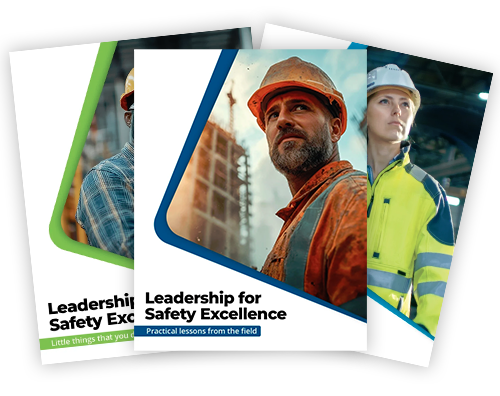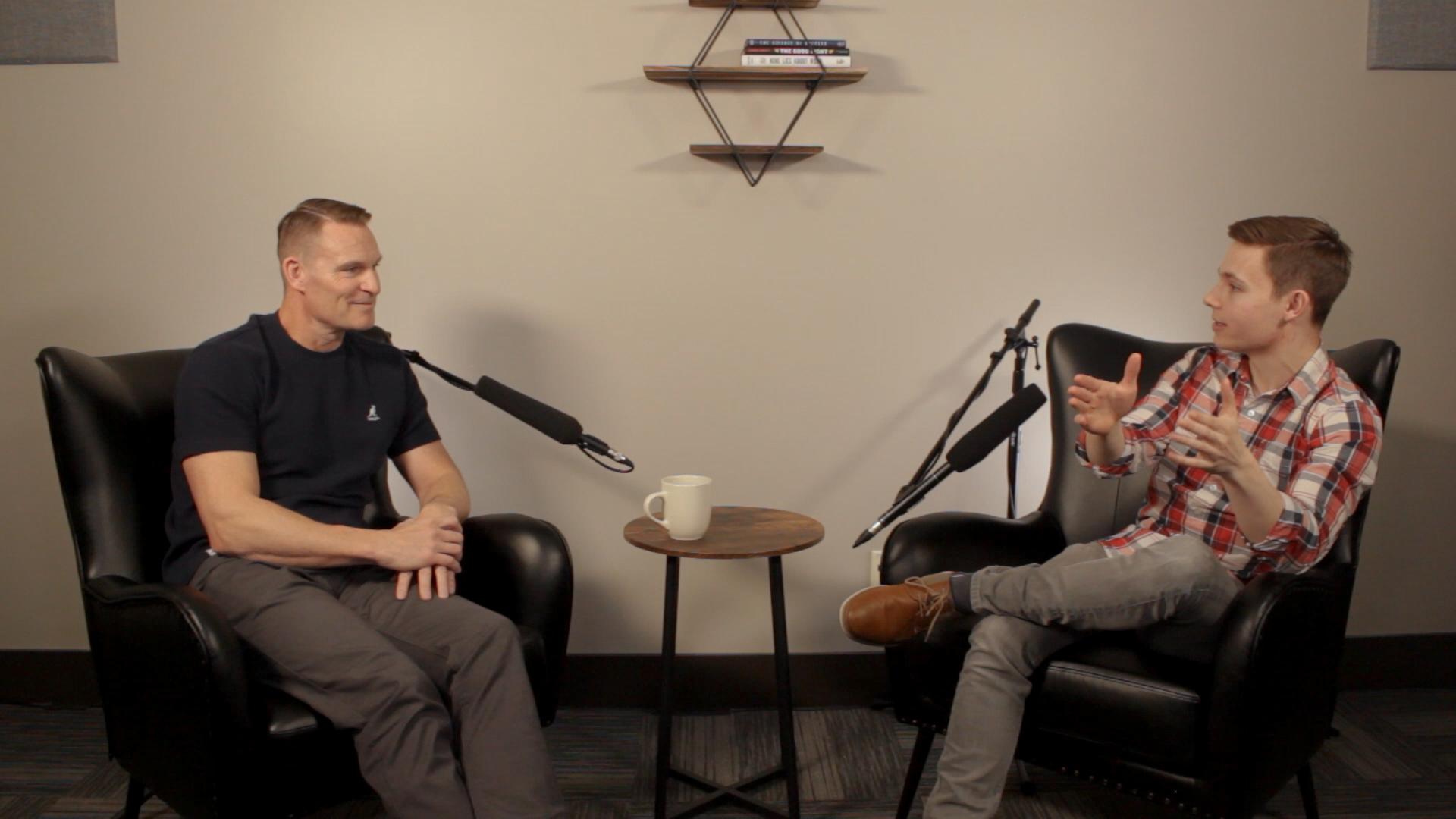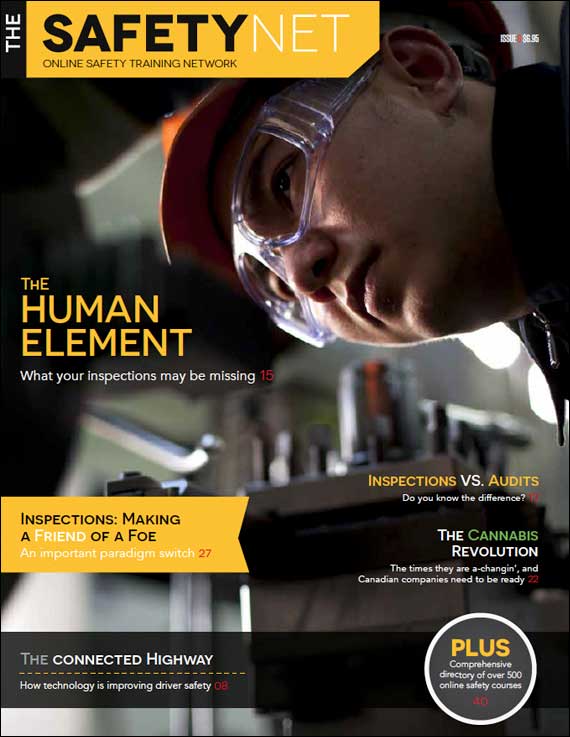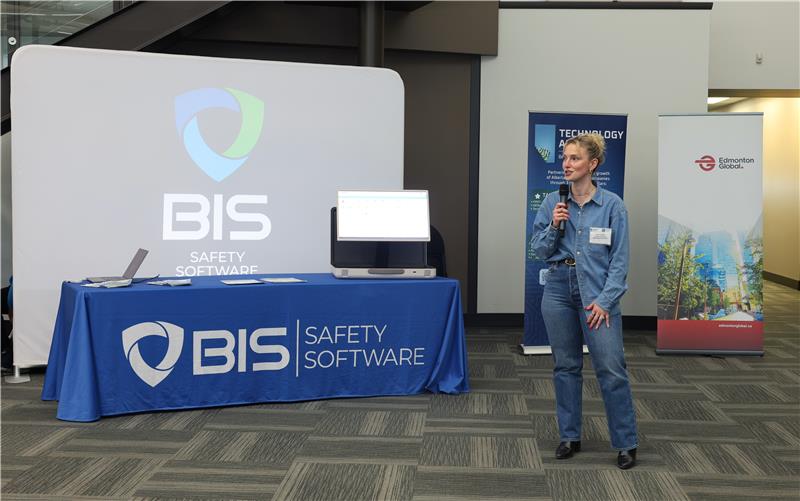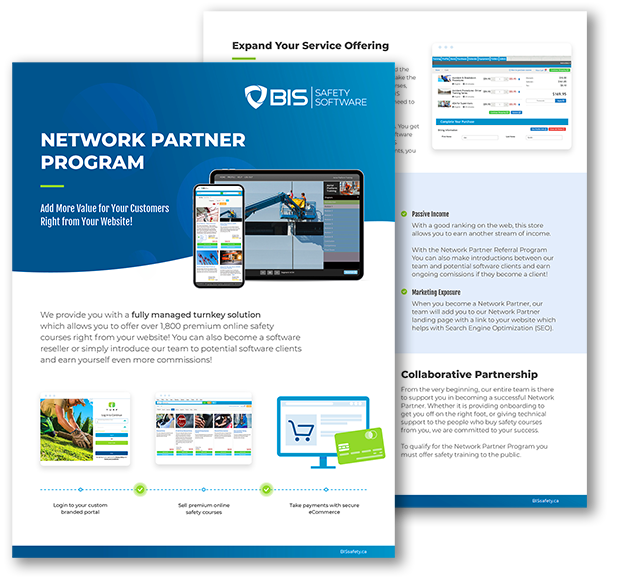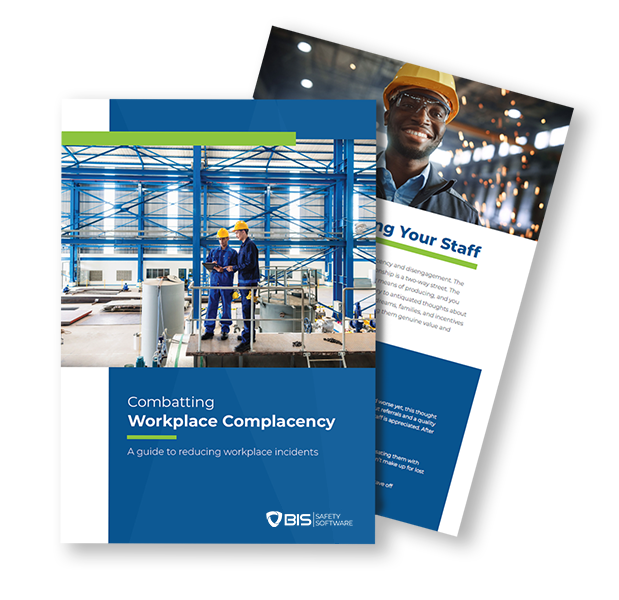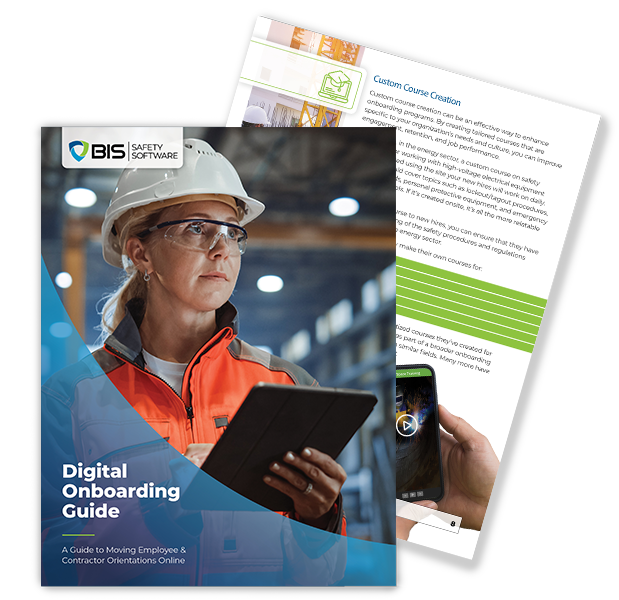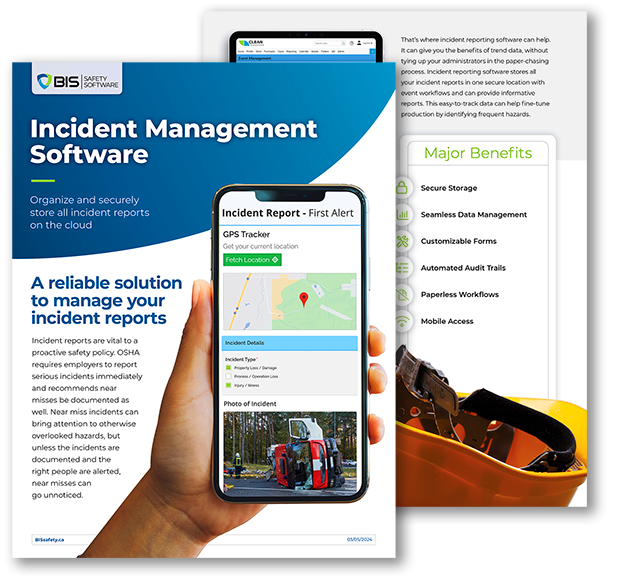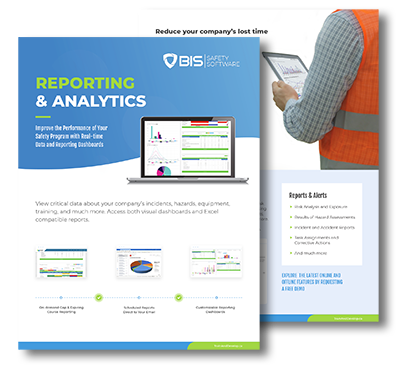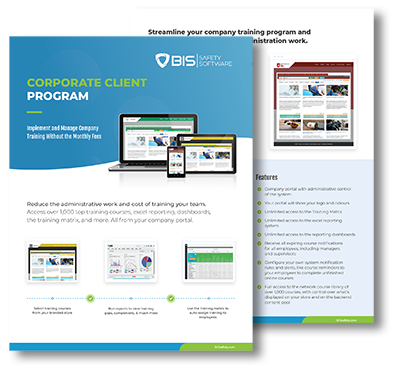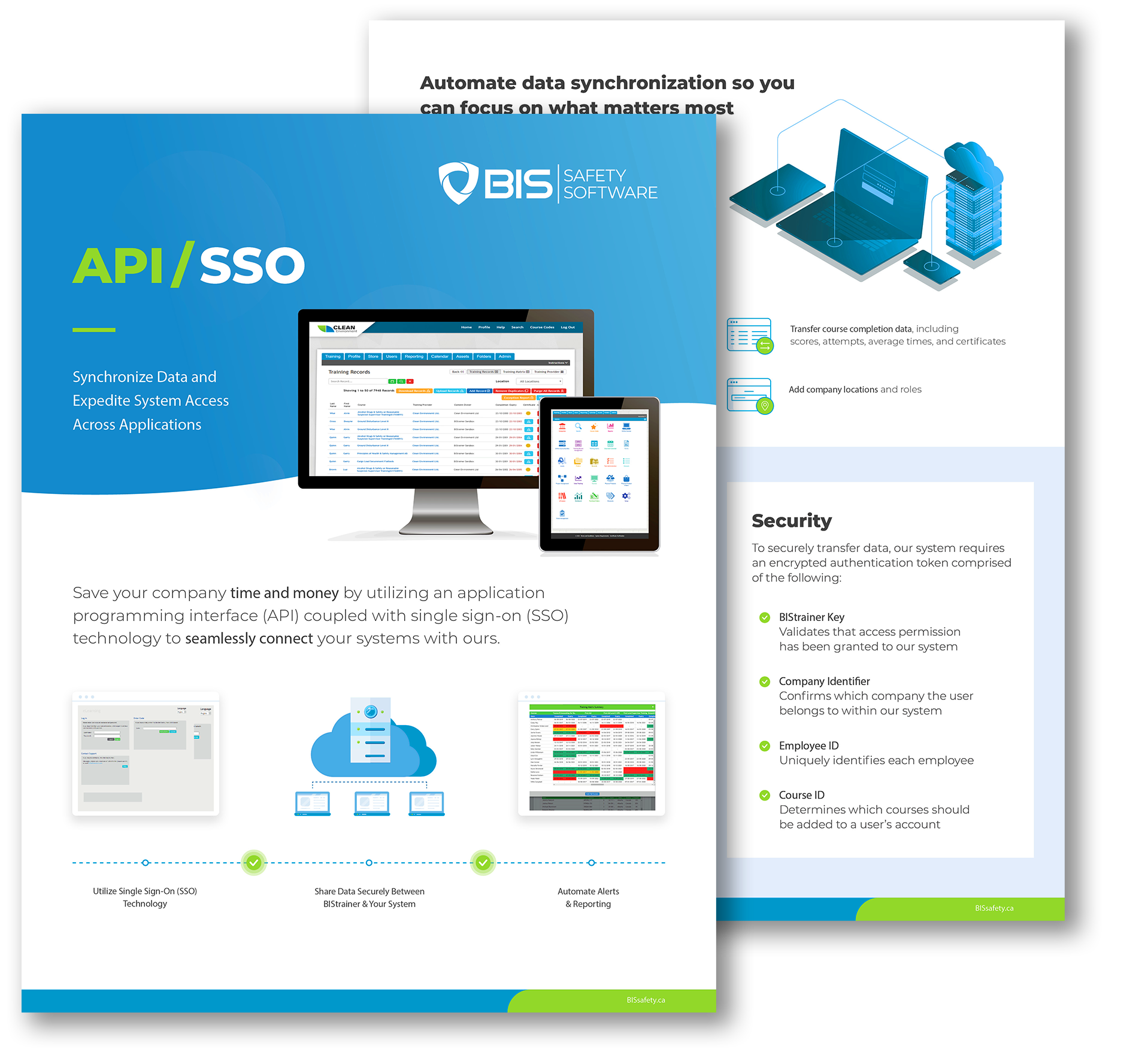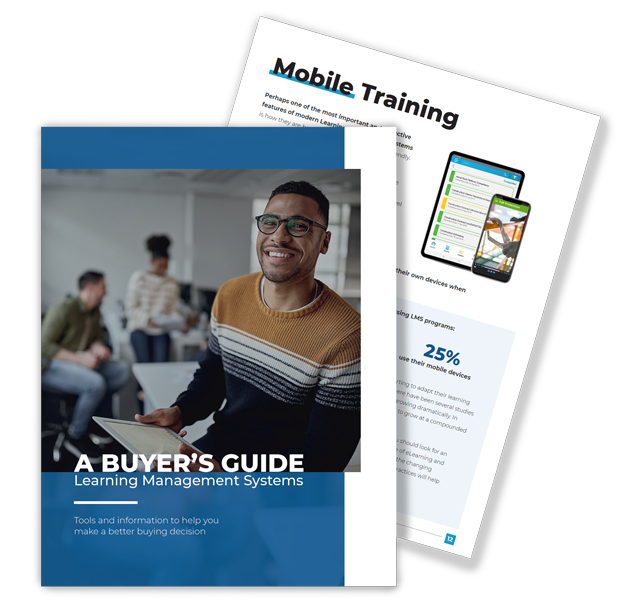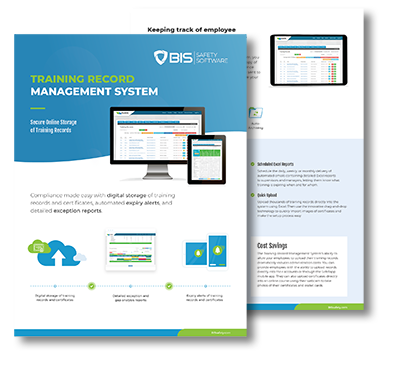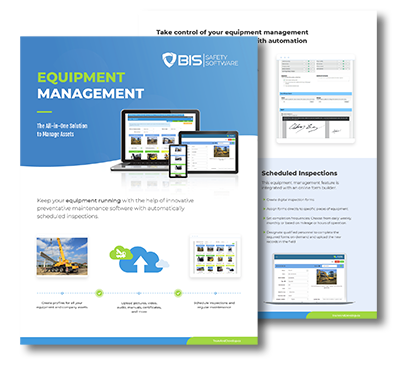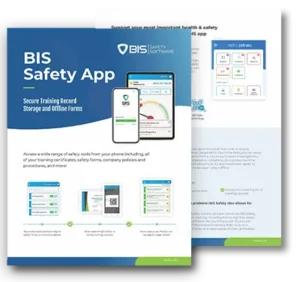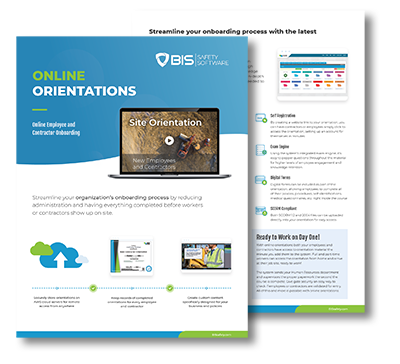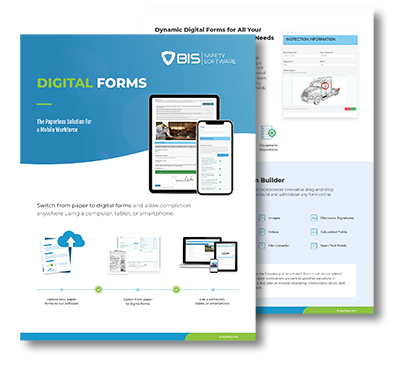His people-first, ego-free approach is redefining what leadership in safety really looks like.

“Nobody ever intended to hurt themselves.”
Allan Moore’s words don’t leave much room for ambiguity. A safety veteran, speaker, and author, he has spent decades using hard truths to create change. From oil rigs to boardrooms, Moore has built a career not on telling people what to do, but on showing them why it matters. His story proves that leadership is about connection, not authority. This is an industry that’s equal parts risk, reinvention, and resilience.
From the Ground to the Helm
Moore didn’t set out to become a safety expert. In fact, his career began in Taiwan as a Mandarin interpreter. One day, the global HSE manager decided she was done with international flights and made Moore the health and safety lead. “I told her I had no experience,” Moore says. “She said, ‘You’re the only one who knows how to say the safety words in two languages.’”
What started as an improvised appointment became the foundation for Moore’s career. He threw himself into the role, overseeing plants in Taiwan and Shanghai before returning to Canada. Back home, he managed safety plans for major players like Enbridge, Imperial Oil, and Suncor.
“I’d spend weeks in the field coaching, auditing, and building safety cultures from the ground up.”
Moore climbed the corporate ladder, eventually becoming a regional manager for Western Canada. But the role lacked the hands-on connection he craved. “I missed being out there,” he admits. So, he pivoted back to field-based work and never looked back.
His time abroad shaped how he approached safety in Canada. In Taiwan and Shanghai, he learned that culture plays a significant role in compliance. “You have to adapt,” he explains. “In Taiwan, hierarchy matters. You can’t just tell people to change without respecting their structure.” This adaptability became his trademark, a skill he brought into every boardroom and field office he entered.
Key Takeaways
- Safety isn’t about authority, it’s about connection. Moore proves that empathy and real talk build more trust than top-down mandates ever could.
- You can’t lead change from a pedestal. Moore’s hands-on approach shows that walking the walk earns respect, and results.
- Culture matters as much as compliance. Adapting safety standards across different cultures takes humility, consistency, and presence.
- Disruption isn’t reckless, it’s necessary. From storytelling to self-reinvention, Moore shows that shaking up the status quo creates space for real progress.
Disrupting Safety Norms
Moore’s passion for safety comes from years of seeing what doesn’t work. As a worker, he remembers how the “safety guy” was often met with disdain. “We hated the safety guy,” Moore recalls. “They were condescending. They came in, wagged their fingers, and left us with a lecture. Nobody wanted to deal with that.” When he moved to safety, Moore knew he had to change. He had to disrupt the finger-wagging stereotype.
When he became a safety professional, Moore vowed to do things differently. “Nobody sets out to get hurt,” he says. “So, I made a promise: no condescension, no blame, just honest conversations.” He leaned on concepts like emotional bank accounts, a principle he learned from Stephen Covey’s The 7 Habits of Highly Effective People. “Years ago, I read Stephen Covey’s The 7 Habits of Highly Effective People, and it stuck with me,” Moore explains. “Covey talks about emotional bank accounts. Make deposits with positive interactions, like praise for a job well done. Then, you will have the trust to make a withdrawal when needed. It’s crucial, especially in cultures like Taiwan where people can lose face easily.”
Moore’s approach emphasizes empathy and connection. “You can’t preach safety from a soapbox,” he says. “You have to walk into the room, listen, and show people you care.” His candid, human-centered communication has made him trusted in the safety industry.
He also brought storytelling into his work. Moore realized early on that stories connect better than statistics. “People don’t remember numbers,” he says. “But they’ll remember the time someone got hurt because a shortcut was taken. Stories stick.”
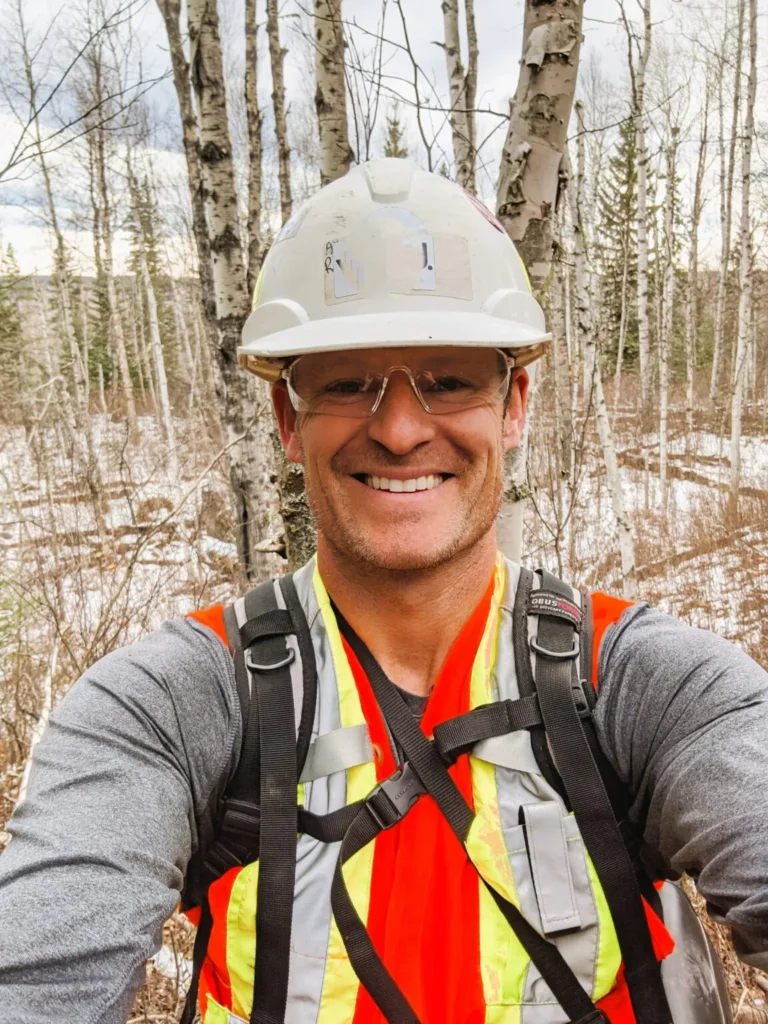
Breaking Borders in Safety Culture
Moore’s international experience gave him a unique lens on risk. “In Canada, our risk tolerance is low,” Moore says. “In some other countries, it’s very different. I’ve seen welders using cardboard instead of masks. It’s night and day, but our cautious approach here saves lives.”
He’s quick to point out the benefits of Canada’s cautious approach. “Our standards save lives. That’s a fact,” he says. But even here, challenges remain. Mergers and acquisitions, for example, often smash together cultures with conflicting priorities. “It takes time to align those expectations,” Moore says. “But the payoff is worth it.”
Cultural differences taught Moore to adapt. In Taiwan, safety compliance often involved balancing respect for hierarchy with the need to speak up.
“You have to find a way to honor the culture while introducing new standards. People watched what I did more than what I said. If I didn’t wear my PPE, why would they?.”
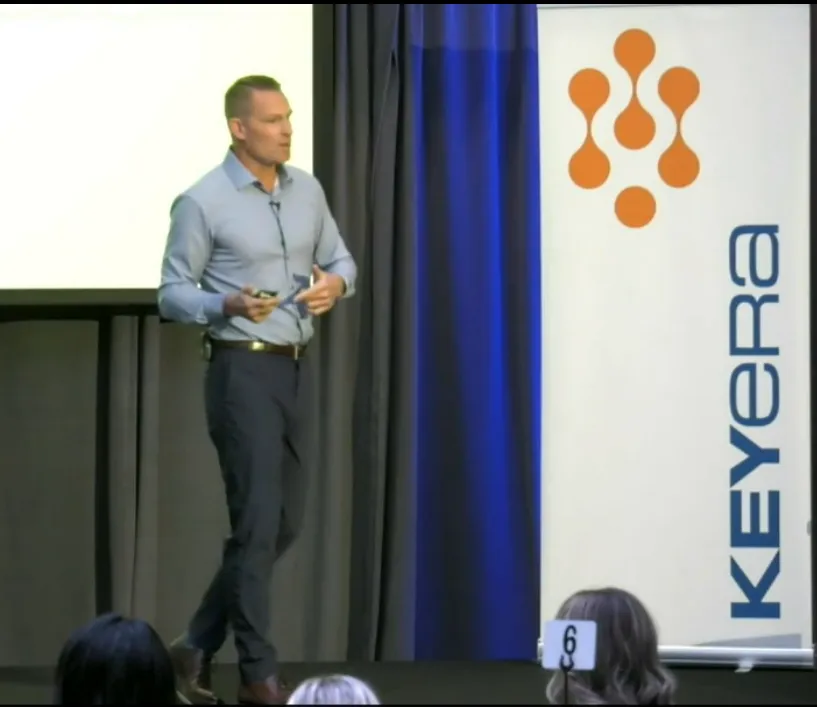
The Power of Reinvention
For Moore, risk isn’t just something to mitigate, it’s something to embrace. His upcoming book, Party Crash Your Life and Career, explores the idea of calculated risk-taking. “I wasn’t invited to the party,” Moore says. “But that didn’t mean I couldn’t show up. Nobody handed me a golden ticket, so I had to crash the gates and prove myself every step of the way.” This mindset isn’t just the cornerstone of his career, it’s his philosophy for leadership in safety. Moore believes that disrupting the status quo often means surprising people. It means showing up where you weren’t expected and proving your worth, not just talking about it.
That mindset shaped his career. From pivoting into safety to trying his hand at stand-up comedy, Moore believes in growth through discomfort. “You don’t grow by playing it safe,” he says. “You grow by showing up, even when it terrifies you.”
Moore sees reinvention as essential for leadership. “Leaders who don’t adapt get left behind,” he says. Whether it’s adopting new technology or changing communication styles, he believes flexibility is key. “You have to meet people where they are, not where you want them to be.”
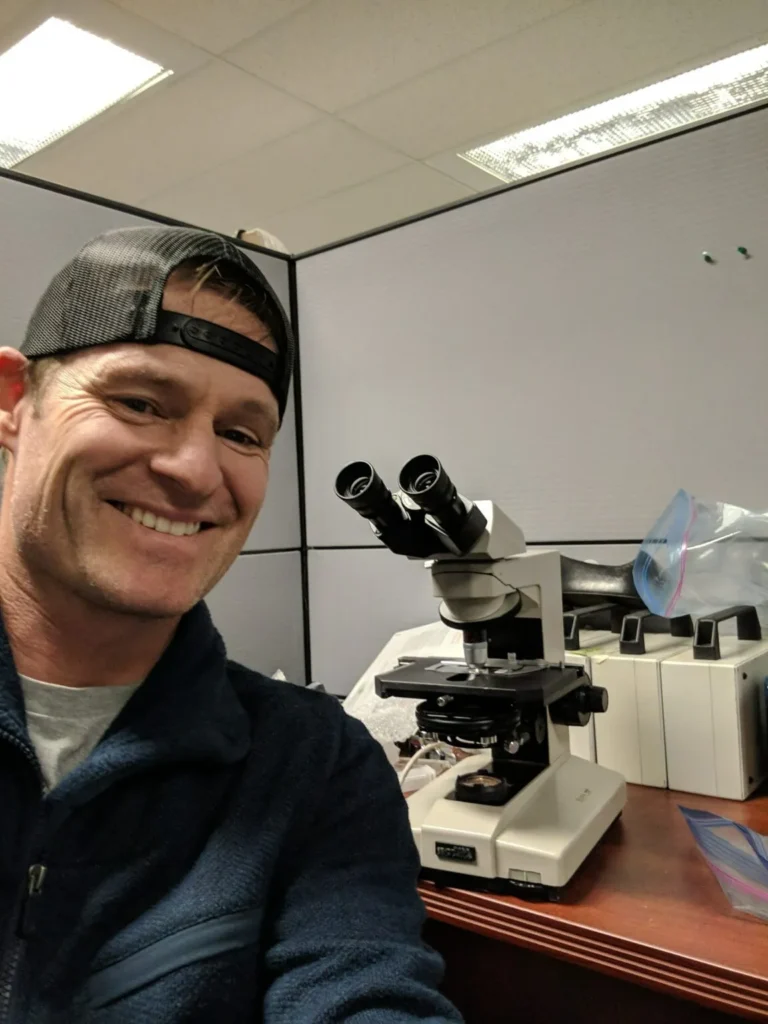
The Future of Safety
Looking ahead, Moore sees promise in emerging technologies like AI and VR. “AI’s already making an impact,” Moore says. “I used Copilot recently to find a regulation, and what used to take half an hour took seconds. But nothing replaces human intuition. We’re adaptable in ways machines just aren’t, and safety will always need a human touch.”
Moore also emphasizes the role of storytelling in the future of safety. “Data tells you what happened. Stories tell you why it matters,” he says. He believes that sharing real-life examples of accidents and near-misses can help companies better connect with safety protocols.
The future of safety also includes prioritizing human relationships. Moore believes the key to long-term success is trust. “When workers trust their supervisors, they’re more likely to report hazards,” he says. “That’s how you stop incidents before they happen.”
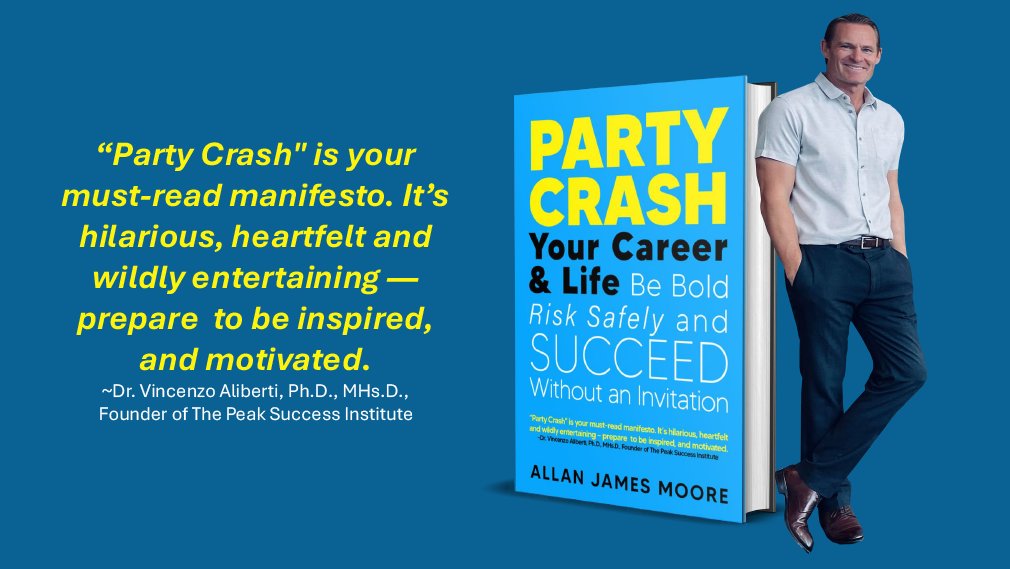
Conclusion
Allan Moore’s career is a testament to the power of connection, curiosity, and courage. From his early days as an interpreter to his current role as a thought leader in safety, he’s never stopped reinventing himself. His approach, rooted in empathy and action, has transformed workplaces and saved lives.
And through it all, his message has remained simple: safety isn’t about rules, it’s about people. Whether he’s coaching workers, delivering keynotes, or writing his book, Moore’s mission is clear: make safety relatable, actionable, and, above all, human. In a world where the stakes couldn’t be higher, his work reminds us that the best leaders don’t just talk about safety. They live it.
Related Articles
- All Posts
- #EmergencyPreparedness
- 2025 safety trends
- 360 Immersive
- 360immersive
- 6S Safety
- accident prevention
- accidental careers
- accountability
- adjustable workstations
- adult education
- AFAD
- AI automation
- AI implementation
- AI in business
- AI in operations
- AI in Safety
- AI podcast
- AI strategy
- AI transformation
- Airborne Hazards
- Alberta safety
- Alberta safety courses
- Allan James Moore
- Anhydrous Ammonia
- artificial intelligence
- asking for help
- audit findings
- audit readiness
- Audit Reporting
- automation in safety
- automation strategy
- avoidable injuries
- awareness
- Aztec Safety
- back strain
- BambooHR integration
- Bear safety
- behavior-based safety
- Behavioral Safety
- behavioural safety
- biometric sensors
- BIS Podcast
- BIS Safety Podcasts
- BIS Safety Software
- BIS Safety Spotlight
- black holes
- Blame Culture
- Blue Angels
- Boom Lift Safety
- BP Texas City Explosion
- Brave Leadership
- Brett Burkard
- bump test
- burnout
- business automation
- calibration
- call before you dig
- Canadian Compliance
- Canadian OHS
- Canadian safety
- Canadian safety history
- Canadian Safety Regulations
- Canadian safety standards
- Canadian wilderness safety
- carbon monoxide
- Cargo Securement
- Carolynne Heron
- CCOHS
- chemical
- Chemical Safety
- chemical vapors
- chronic injuries
- chronic pain
- cloud-based safety tools
- Coming Soon
- Commercial Drivers
- Commercial Vehicle Safety
- Communication in Safety
- Communication Systems
- community safety programs
- Competency in Safety
- complacency in safety
- Compliance
- compliance courses
- Compliance In Canada
- compliance issues
- Compliance management
- Compliance Reporting
- compliance software
- compliance tools
- compliance tracking
- compliance training
- compliance vs protection
- confined space
- Confined Space Safety
- Construction advocacy
- Construction education
- Construction industry
- construction safety
- construction safety training
- construction technology
- ConstructionSafety
- continuous improvement
- continuous safety improvement
- corporate culture
- corporate training
- corrective actions
- CPR and AED
- crane
- CSA standards
- Customer Spotlight
- Customer Spotlight Kevin Swinden Global Hazmat Safety Culture Hazmat Management Dangerous Goods Competency in Safety Workplace Risk Mitigation BIS Training Clients Canadian EHS
- customized training
- daily trip inspection
- Damage Prevention
- Dangerous Goods
- dangerous goods classification
- Danny Sellers
- data-driven safety
- debriefing
- Decision Analysis
- Decision quality
- defect management
- defect tracking
- defensive driving
- DEI in onboarding
- digital badges
- digital compliance
- digital FLHA
- digital forms
- Digital Hazard Reporting
- Digital Onboarding
- digital safety
- Digital Safety Audits
- digital safety meetings
- Digital Safety Solutions
- Digital safety systems
- digital safety tools
- digital safety transformation
- digital site access
- Digital Training Tools
- digital transformation
- DMS features
- document control
- document management system
- Dr. Joanna Pagonis
- Dr. Tom Krause
- Driver Fatigue
- driver file management
- driver training
- driving instructor program
- DTRMS
- Duty-Time Management
- e-learning
- e-learning tools
- eadership in safety
- early intervention
- education technology
- EHS
- EHS Adoption
- EHS Compliance
- EHS digital solutions
- EHS Inspections
- EHS leadership
- EHS Onboarding
- EHS software
- EHS Strategy
- EHS systems
- EHS technology
- EHS tools
- Einstein
- ELD
- electrical safety
- Elevated Work Safety
- elite performance
- Emergency Action Plan
- emergency preparedness
- emergency procedures
- emergency response
- emergency supplies
- emotional training
- EmpathyInLeadership
- employee behavior
- employee engagement
- employee health
- Employee onboarding
- employee preparedness
- Employee Readiness
- employee safety
- employee training
- employee trust
- Employee Well-Being
- EmployeeEngagement
- Employer Responsibilities
- Energy Isolation
- engaging toolbox meetings
- equipment inspections
- Equipment Operation
- ergonomic consulting
- ergonomic design
- ergonomic risks
- ergonomics
- Evacuation Procedures
- evidence collection
- EWI Works
- excavator safety essentials
- exoskeleton
- exoskeletons
- failure analysis
- fall prevention
- fall protection
- fast onboarding
- field experience
- field level hazard assessments
- field operations
- field safety
- field safety assessments
- field safety communication
- field safety leadership
- field safety services
- Field Safety Technology
- field safety tools
- Field-Friendly Software
- Fire Drills
- fire prevention
- Fire Safety Training
- first aid
- first aid kit
- first week on the job
- first workplace injury
- Fit Testing
- flaggers
- Fleet Compliance
- fleet management
- fleet safety
- FLHA engagement
- FLHA Integration
- FLHA software
- floor mats
- FMEA
- freight
- Frontline Engagement
- frontline safety
- fuel handling
- future of work
- gas detection
- gas monitors
- Gas Respirator Safety
- Gas Safety
- Global Hazmat
- global onboarding
- Good Samaritan laws
- gravitational waves
- gut feeling in safety
- hand injuries
- handling hazardous materials
- hands-on training
- hazard analysis
- hazard assessment compliance
- hazard assessment software
- Hazard Awareness
- hazard communication
- Hazard Control
- Hazard Identification
- hazard prevention
- hazard recognition
- hazard reporting
- hazard reporting technology
- hazard tracking
- Hazardous Energy Control
- Hazardous Materials
- Hazmat Management
- Health & Safety Podcast
- health and safety
- hearing loss prevention
- hearing protection
- heavy equipment operation
- heavy equipment safety
- hidden workplace hazards
- high voltage systems
- High‑performance teams
- HOS Training
- Hours of Service
- HR automation
- HR software
- HR technology
- human factors
- human factors in safety
- human in the loop
- Human Performance
- human vs machine
- human-centered design
- human-centered safety
- Human-Centred Safety
- HumanCenteredLeadership
- Humble leadership
- humor in safety
- hydrogen sulfide
- ICBC certification
- ice melt
- identification
- immersive learning
- Imposter Syndrome
- incident data
- incident investigation
- incident management
- incident prevention
- incident reporting
- inclusive leadership
- industrial AI
- Industrial Hygiene
- industrial safety
- Industrial Training
- influence vs control
- Infrastructure Risk
- injury consequences
- injury prevention
- injury prevention tips
- injury recovery
- injury reporting
- injury response
- injury response plan
- inspections
- instant hazard logging
- instructor development
- internal audits
- international workforce
- interpreting safety data
- invisible dangers
- ISO standards
- Jeff Mulligan
- Jennifer Lastra
- job site accountability
- job site hazards
- job site risks
- job site safety
- jobsite readiness
- Jody Young
- KBR Safety Training
- Kevin Swinden
- labor movement
- ladder safety
- Leadership
- leadership accountability
- leadership and empathy
- Leadership by example
- Leadership Development
- Leadership in Safety
- Leadership Management
- leadership messaging
- Leadership trust
- LeadershipDevelopment
- Lean Manufacturing
- Lean Workplace
- learning from incidents
- learning management
- lifting techniques
- lighting
- LIGO
- Linda Miller
- LMS
- LMS features
- LMS software
- Load Securement
- Lock Out Tag Out
- lockout tagout
- Lone Worker Safety
- lone workers
- LOTO
- LOTO Training
- machine learning
- Machine Safety
- Maintenance Safety
- mental health at work
- MEWP Training
- MI Safety
- microlearning
- Mike Schwartz
- minor injuries
- mobile FLHA solution
- mobile onboarding
- Mobile Safety Apps
- Mobile Safety Platforms
- mobile safety reporting
- Mobile Safety Tools
- mobile safety tools safety compliance solutions
- MOU Standards
- mould hazards
- mould prevention
- movement in workplace
- Multi-Contractor Worksites
- multilingual training
- MyZone AI
- Near Miss Reporting
- new hire experience
- New Hire Safety
- New Worker Training
- new workers
- no-blame investigations
- noise exposure
- nonconformance
- Northern BC
- NRCA
- NSC Standard 13
- occupational fatigue
- occupational hazards
- occupational health
- Occupational Health and Safety
- Occupational Health and Safety (OHS)
- occupational health risks
- occupational safety
- occupational therapy
- OH&S
- OHS
- OHS Compliance
- OHSA
- oil and gas safety
- omni-training
- On-Site Safety
- onboarding Canada
- onboarding safety
- Onboarding Software
- online learning
- online orientation software
- Online safety training
- operational efficiency
- Operational Excellence
- Operational risk
- organizational culture
- organizational safety
- OSHA compliance
- OSHA standards
- outdated practices
- Outdoor work hazards
- overconfidence
- overhead crane courses
- pain awareness
- paperless safety reporting
- paperless safety talks
- personal protective equipment
- Pharmaceutical Safety
- physics careers
- pipeline safety
- playbook software
- podcast
- post-accident review
- post-incident protocol
- PPE
- PPE enforcement
- PPE improvement
- PPE Training
- pre-trip inspection
- predictive analytics
- pretrip inspection
- preventing shortcuts
- preventive action
- proactive risk management
- proactive safety
- proactive safety culture
- proactive safety measures.
- Proactive Safety Systems
- process improvement
- Professional development
- propane safety
- propane storage
- protective clothing
- psychological hazards
- psychological safety
- PsychologicalSafety
- quality control
- quality management
- quality standard
- Real Safety Leadership
- real-time hazard reporting
- Real-Time Reporting
- real-time safety
- real-time safety tools
- real-time site data
- recordkeeping
- reduce training costs
- regulatory updates
- repetition in safety
- repetitive motion injuries
- respirator safety
- respirators
- Respiratory Protection
- risk assessment
- risk management
- risk mitigation
- risk prevention
- Risk Prevention Tools
- risk reduction
- road safety
- Robin Postnikoff
- ROI with AI
- root cause analysis
- root cause correction
- routine task risks
- safe excavation
- safe habits
- safe transport
- safe work habits
- safe work practices
- safety
- safety accountability
- safety advice
- safety article
- Safety Audit Software
- safety automation
- safety awareness
- Safety Behaviour
- safety behaviour science
- safety best practices
- safety communication
- safety compliance
- Safety Conversations
- safety culture
- safety culture transformation
- safety data
- safety data sheets
- safety documentation
- safety engagement
- safety follow-up
- safety gear
- safety gloves
- safety goggles
- safety habits
- safety improvement
- safety incentives
- safety innovation
- safety insights
- safety inspection
- safety instinct
- Safety Leaders
- safety leadership
- Safety Leadership Podcast
- safety legislation
- safety lessons
- safety management
- safety management system
- safety management systems
- safety metrics
- safety mindset
- safety motivation.
- safety myths
- safety onboarding
- safety planning
- safety podcast
- safety procedure updates
- Safety Procedures
- safety process improvement
- safety professionals
- safety reporting
- safety review process
- safety shortcuts
- safety software
- Safety Spotlight
- Safety strategy
- safety systems
- safety technology
- safety theater
- safety tips
- safety tools
- safety training
- safety transformation
- safety transparency
- SafetyCulture
- SafetyLeadership
- Sarah Anderson
- scaffold safety
- scaffolding inspections
- scalable training solutions
- Scott Lyall
- SDS
- shipping documentation
- silent dangers
- silica dust
- Sinogap Solutions
- slips trips falls
- slow-building hazards
- smart helmets
- smart PPE
- smart safety systems
- smart safety tools
- Social Learning
- SOPs
- space science
- speak-up culture
- Spencer McDonald
- Standardized Work
- stop work authority
- storytelling and safety
- storytelling in safety
- supervisor training
- system safety
- Systems Thinking in Safety
- tablet-based toolbox talks
- TCP safety
- TDG
- team communication
- team performance
- teamwork
- tech and ergonomics
- tech in safety
- tech-enabled learning
- Thinking Driver
- Titan Environmental
- Tom Krause
- toolbox talks tablets
- Total Recordable Injury Formula
- tough guy mentality
- toxic air
- traction control
- traffic control
- traffic control plan
- training
- training courses
- Training integration
- training management
- training matrix
- training record management
- training records
- training software
- TrainingAndDevelopment
- transportation
- transportation of dangerous goods
- Transportation Regulations
- Transportation Safety
- Trucking Regulations
- trust
- Trust & Accountability
- Trust & Communication
- Trust and Accountability
- trust at work
- Underground infrastructure
- underground utilities
- unseen workplace threats
- Upward communication
- user experience
- utility line marking
- utility locating
- Utility safety
- Utility Safety Partners
- values-based onboarding
- vehicle safety
- version control
- veteran advice
- Virtual Reality
- VR safety training
- VR Technology
- walkway maintenance
- wearable technology
- Weights and Dimensions
- WHMIS
- Wildlife awareness
- winter safety
- witness statements
- women in leadership
- work zone safety
- work-alone training
- work-related injuries
- worker accountability
- worker advocacy
- worker fatigue
- worker protection
- worker safety
- worker safety habits
- worker safety tips
- worker trust
- worker wellbeing
- workers' rights
- Workforce Automation
- workforce compliance
- Workforce development
- workforce engagement
- workforce management
- Workforce Readiness
- workforce training
- Working Alone Canada
- workplace accidents
- workplace air quality
- workplace best practices
- workplace certification
- workplace compliance
- Workplace Culture
- workplace hazard prevention
- Workplace Hazard Tracking
- workplace hazards
- workplace health
- workplace incident response
- workplace injuries
- workplace injury prevention
- workplace inspections
- workplace leadership
- workplace mindset
- Workplace Organization
- workplace readiness
- workplace risk factors
- workplace risk management
- Workplace Risk Mitigation
- Workplace safety
- Workplace Safety Compliance
- workplace safety culture
- Workplace Safety Leadership
- workplace safety rules
- workplace safety tech
- workplace safety tips
- Workplace Safety Tools
- workplace safety training
- workplace stress
- workplace tiredness
- workplace trust
- workplace wellness
- WorkplaceSafety
- WSPS
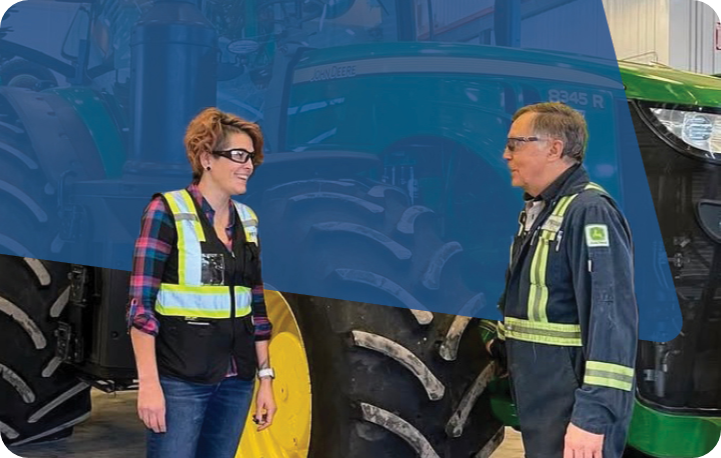
Erin leads with empathy, communication, and genuine connection, focusing on what workers experience every day. By building trust, encouraging open...

Melanie McGrath shifts workplace safety from policy and checklists to a people-led safety leadership culture rooted in trust, ethical leadership,...

Ethan Winder’s approach to safety leadership goes beyond rules, he focuses on communication, trust, and understanding the real work people...



